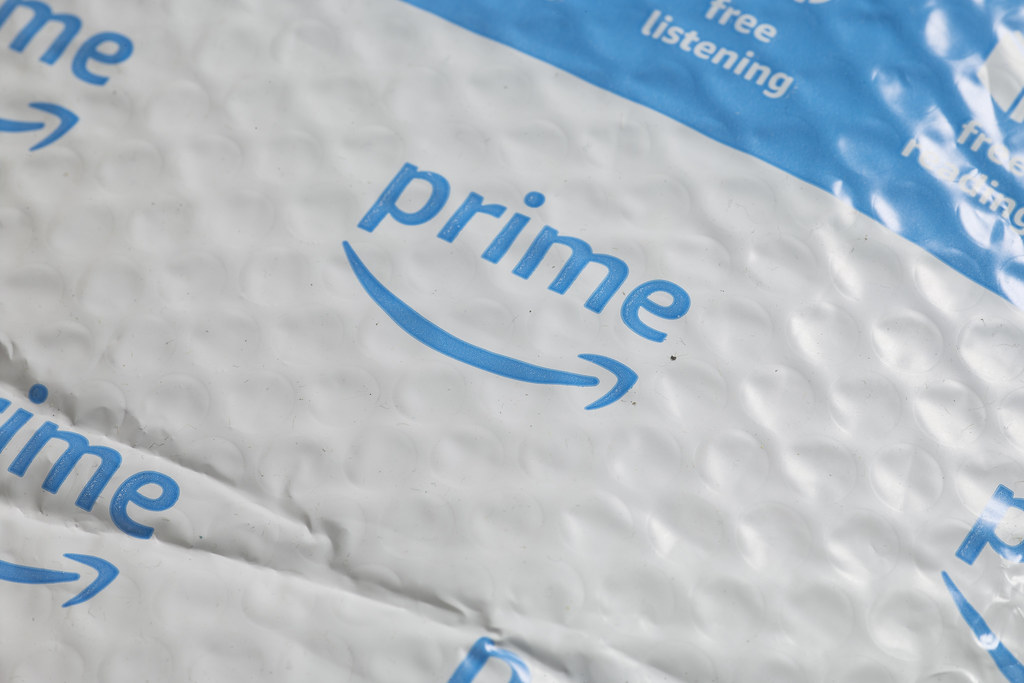How can you get a $119 membership for free?
Prime members should definitely consider the Amazon Prime Reward Visa Signature Card that come at no annual fee so there is no cost of ownership (as long as you don't spend beyond your means). If you use the Amazon Visa card for your spending, it can get you a “free” Prime membership. The card pays:
- 5% cash back at Amazon.com and Whole Foods Market
- 2% back at restaurants, gas stations and drugstores
- 1% back on all other purchases
Given that you can get other credit cards with better payback on everyday purchases, I would suggest just using this card for your Amazon and Whole Foods shopping. You can redeem your rewards to pay for your purchases on Amazon – yes, it's a virtuous circle of more Amazon spending.
Get it for “Free”
How much do you have to spend for the 5% back to pay for the $119 membership fee completely?
Right now, Amazon has a sign up bonus of $70 for new card members and comes instantly upon approval. Therefore, in your first year, you'll have to spend about $1,000 at Amazon/Whole Foods to earn enough to pay your entire Prime subscription. Here is the breakdown:
($119-70)/$0.05 = $980
During your subsequent years, you'll have to spend about $2,400 on Amazon/Whole Foods to earn enough cash back to pay for your Prime subscription.
$119/$0.05 = $2,380
According to a study by Consumer Intelligence Research Partners, it estimates that Amazon Prime subscribers spend $1,300 per year, nearly doubling the $700 per year the average non-member spends. Keep in mind this didn't include Whole Foods spending so the numbers are actually higher.
How much are you spending?
Amazon makes it easy to see how much you are buying on Amazon.com. If you go to your account, go to the “Ordering and shopping preferences” and click “Download order reports.” Then you click on last year and request report to see how much you spent in 2017. You can also run previous year to see it the membership can pay for itself over time. Just brace yourself for impact as all those small orders can surely add up quickly.

Whole Foods perks
This week, Amazon also announced new perks for Prime members at Whole Foods which will roll-out this summer nationwide. Prime members will get an extra 10% off the hundreds of items already on sale and the company will offer a deep discount every week on best-selling items. The company launched its new benefits in Florida on Wednesday – $10 a pound off on halibut and $2 off organic strawberries. Therefore if you are a regular Whole Foods shopper, you will also benefit greatly from having the Amazon Visa card in your wallet. If you spend roughly $46/week at Whole (Paycheck) Foods, it will more than pay for your $119 Prime membership fee.
In conclusion
Even if you analyze your Amazon and Whole Foods spending and fall short of the $2,380/year spending needed to get a “free” Prime membership, you may still feel that the free 2-day shipping and sometimes free same-day shipping is worth cost in itself.
Furthermore, the other services like Prime video and music also carry value. For example, I had been a Pandora subscriber at $4/month of $48/year. In addition if you use Netflix in combination with Amazon Prime, perhaps you can cut the cord on cable TV. I guarantee that will more than offset the cost of Prime membership in itself.
Other valuable services are free unlimited photo storage (great for backing up those iPhone photos), 20 percent discount on pre-release video games, unlimited access to a selection of books, magazines and audio books, and one free eBook from the Kindle library each month. The more you take advantage of Prime services, the more value to you…
Is the $20 price increase fair? What would be the breaking point if Amazon raises prices further?
“Amazon Prime” by stockcatalog is licensed under CC BY 2.0






